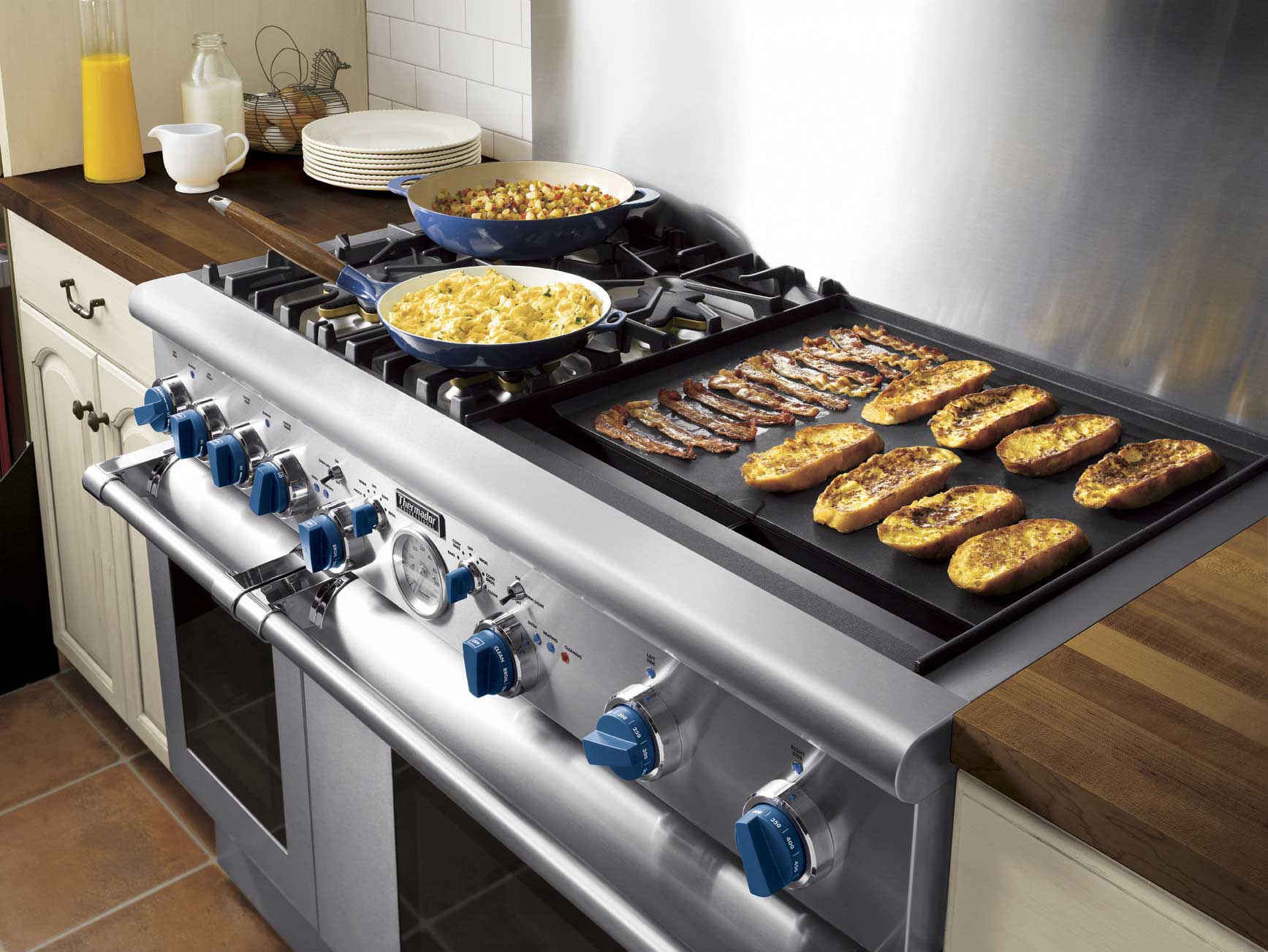

Articles
How Many Watts Does A Stove Top Use
Modified: October 20, 2024
Find out how many watts a stove top uses with our informative articles. Learn about energy consumption, efficiency, and more.
(Many of the links in this article redirect to a specific reviewed product. Your purchase of these products through affiliate links helps to generate commission for Storables.com, at no extra cost. Learn more)
Introduction
When it comes to cooking, the stove top is an essential appliance found in most kitchens. Whether you’re using it to whip up a delicious stir-fry or boiling water for your morning coffee, understanding the power consumption of your stove top is important for both your utility bills and energy efficiency.
In this article, we will delve into the world of stove top power consumption. We will explore the factors that affect the wattage of a stove top, discuss the typical power consumption of different stove top types, and provide some energy efficiency tips to help you make the most out of your stove top usage.
So, let’s dive in and gain a deeper understanding of how many watts a stove top uses!
Key Takeaways:
- Understanding stove top power consumption is crucial for managing energy usage and optimizing efficiency. Factors like cooking temperature and cookware size impact wattage requirements, influencing both utility bills and environmental impact.
- Implementing energy efficiency tips, such as using properly sized cookware and adjusting cooking temperature, can significantly reduce stove top power consumption. By making conscious choices, you can save on utility bills and minimize energy waste.
Read more: How Many Watts Does An Electric Cooktop Use
Understanding Stove Top Power Consumption
Stove top power consumption refers to the amount of electrical energy that a stove top consumes while in operation. This energy is measured in watts, which is a unit of power.
The power consumption of a stove top depends on several factors, including the heating elements used, the cooking temperature, and the duration of usage. Different types of stove tops have varying wattage requirements, with electric stoves typically using more power compared to gas stoves.
Electric stove tops utilize heating elements, usually made of coil or smooth-top surfaces, which produce heat through the flow of electricity. These heating elements have specific power ratings that determine their wattage consumption. The wattage of an electric stove top can range from 1,200 to 3,500 watts, depending on the number and type of burners.
On the other hand, gas stove tops rely on natural gas or propane as a fuel source. They have a constant flow of gas that ignites and creates a flame, which then heats the cookware. Gas stove tops have a lower power consumption compared to electric stoves, with typical ratings ranging from 500 to 2,000 watts.
It’s important to note that the wattage consumption of a stove top is not constant throughout its usage. The power demand may vary depending on the cooking temperature and the size and type of cookware being used. Cooking at higher temperatures and using larger pots and pans may result in higher power consumption.
Additionally, some modern stove tops are equipped with features like power boost, quick boil, or simmer settings. These features may temporarily increase the wattage consumption to provide a higher heat output within a shorter period.
Understanding the power consumption of your stove top is crucial for calculating energy usage and managing your electricity bill. It allows you to be more mindful of your cooking habits and make informed decisions about using your stove top efficiently.
Now that we have a basic understanding of stove top power consumption, let’s explore the various factors that can affect the wattage requirements of a stove top.
Factors Affecting Stove Top Wattage
Several factors can impact the wattage requirements of a stove top. Understanding these factors will help you gauge the power consumption of your stove top more accurately. Here are some key factors to consider:
- Cooking Temperature: The temperature at which you cook plays a significant role in determining the wattage consumption of your stove top. Cooking at higher temperatures will generally require more power to maintain the desired heat level.
- Cookware Size and Material: The size and material of your cookware can affect the efficiency and power demand of your stove top. Larger pots and pans may require more energy to heat up, while certain materials, such as copper or cast iron, have better heat conductivity and may require less power.
- Number of Burners in Use: If you are using multiple burners simultaneously, the overall wattage consumption of your stove top will increase. Each burner has its own power rating, and the combined usage of multiple burners will raise the overall power demand.
- Type of Stove Top: Different types of stove tops have varying wattage requirements. Electric stoves generally consume more power compared to gas stoves. Induction cooktops, which use magnetic fields to create heat, fall in between and typically have higher wattage consumption than gas stoves but lower than traditional electric stoves.
- Stove Top Age and Condition: The age and condition of your stove top can impact its energy efficiency and wattage consumption. Older or poorly maintained stove tops may have higher power demands as they lose efficiency over time. Regular maintenance and cleaning can help optimize energy usage and reduce power requirements.
These factors interact with each other and influence the overall power consumption of your stove top. It’s important to understand how they contribute to energy usage, as it can help you make informed decisions about your cooking habits and manage your energy costs.
Now that we have explored the factors affecting stove top wattage, let’s move on to understanding the typical power consumption of different stove top types.
When using a stove top, the average power consumption can range from 1000 to 3000 watts, depending on the size and type of the stove. Gas stoves typically use less power than electric stoves.
Typical Power Consumption of Different Stove Top Types
The power consumption of different stove top types can vary significantly. Here’s a breakdown of the typical wattage requirements for each type:
- Electric Stove Tops: Electric stove tops are known for their high power consumption. The wattage ratings of electric stoves can range from 1,200 watts to 3,500 watts, depending on the number of burners and the heating elements used. For example, a standard four-burner electric stove may have an average wattage of around 7,000 to 9,000 watts when all burners are in use.
- Gas Stove Tops: Gas stove tops generally have lower power requirements compared to electric stoves. They rely on natural gas or propane as a fuel source and typically have wattage ratings ranging from 500 watts to 2,000 watts. The power demand may vary depending on the number of burners in use and the size of the flame.
- Induction Cooktops: Induction cooktops offer a middle ground in terms of power consumption. They use magnetic fields to heat up the cookware directly and are more energy-efficient compared to electric stoves. The wattage ratings of induction cooktops generally range from 1,200 watts to 3,500 watts, similar to electric stoves.
It’s important to note that these wattage ratings are just general estimates, and actual power consumption may vary depending on specific models and manufacturer specifications. Some stove tops may offer power management features or power-saving modes that can help reduce energy usage during certain cooking tasks.
When comparing the power consumption of different stove top types, it’s essential to consider both the immediate power demand and the long-term energy efficiency. While electric stoves may have higher wattage requirements, advanced technologies, such as induction cooktops, can provide better energy efficiency and faster cooking times.
Now that we have a better understanding of stove top power consumption across different types, let’s explore some energy efficiency tips that can help you make the most of your stove top while reducing energy waste.
Energy Efficiency Tips for Stove Top Usage
Optimizing the energy efficiency of your stove top not only helps reduce your environmental footprint but also saves you money on your utility bills. Here are some energy efficiency tips to consider when using your stove top:
- Match Cookware Size to Burner Size: Using a small pot on a large burner or vice versa can result in energy waste. Match the size of your cookware to the size of the burner to maximize heat transfer and reduce energy loss.
- Use Proper Cookware Materials: Certain materials, such as copper or cast iron, have better heat conductivity. Utilizing cookware with good heat transfer properties allows for quicker and more efficient cooking, which can help conserve energy.
- Keep Lids on When Cooking: Covering your pots and pans with lids helps trap heat and reduces the cooking time. This means your stove top runs for a shorter period, resulting in lower energy consumption.
- Preheat Sparingly: Preheating your stove top is not always necessary and can be a source of energy waste. Unless a recipe explicitly requires preheating, you can often start cooking directly to save time and energy.
- Utilize Residual Heat: After turning off the stove, take advantage of the residual heat to finish cooking or keep food warm. The remaining heat in the burner can be used to your advantage and save energy.
- Match Cooking Temperature to Needs: Adjust the cooking temperature based on your needs. Lower heat settings or simmer options are ideal for slow cooking or keeping food warm, while higher heat is suitable for boiling or searing. Avoid unnecessarily cranking up the heat, as it consumes more energy.
- Keep Stove Top Clean and Well-Maintained: Regularly clean your stove top to remove spills and residue. A clean stove top allows for better heat transfer and efficiency. Additionally, ensure that your stove top is well-maintained and in good working condition, as faulty components can lead to increased energy consumption.
By implementing these energy efficiency tips, you can reduce the power consumption of your stove top without compromising on cooking quality. These small changes in your cooking habits can add up to significant energy savings over time.
Now that we have covered several energy-saving tips, let’s wrap up our discussion on stove top power consumption.
Read more: How Many Watts Does A Projector Use
Conclusion
Understanding the power consumption of your stove top is essential for managing your energy usage and optimizing efficiency. By considering factors such as cooking temperature, cookware size and material, and the number of burners in use, you can get a clearer picture of your stove top’s wattage requirements.
Electric stove tops typically have higher power consumption compared to gas stoves, with wattage ratings ranging from 1,200 to 3,500 watts. Gas stove tops, on the other hand, have lower power requirements, typically ranging from 500 to 2,000 watts. Induction cooktops offer an energy-efficient option, falling within the same wattage range as electric stoves.
To enhance energy efficiency in your stove top usage, consider using properly sized cookware, matching the burner size, and utilizing cookware with good heat conductivity. Keeping lids on while cooking and minimizing preheating can also reduce energy waste. Taking advantage of residual heat and adjusting cooking temperature to your needs are further ways to optimize energy usage.
Furthermore, regularly cleaning and maintaining your stove top ensures optimal performance and energy efficiency. By following these energy-saving tips, not only can you reduce your environmental impact, but you can also save on your utility bills.
In conclusion, being mindful of stove top power consumption and implementing energy efficiency practices can go a long way in minimizing energy waste and maximizing the performance of your stove top. By making conscious choices in your cooking habits, you can make a positive impact on both your pocket and the environment.
So, let’s aim to be efficient stewards of energy as we continue to enjoy the pleasures of cooking on our stove tops.
Frequently Asked Questions about How Many Watts Does A Stove Top Use
Was this page helpful?
At Storables.com, we guarantee accurate and reliable information. Our content, validated by Expert Board Contributors, is crafted following stringent Editorial Policies. We're committed to providing you with well-researched, expert-backed insights for all your informational needs.
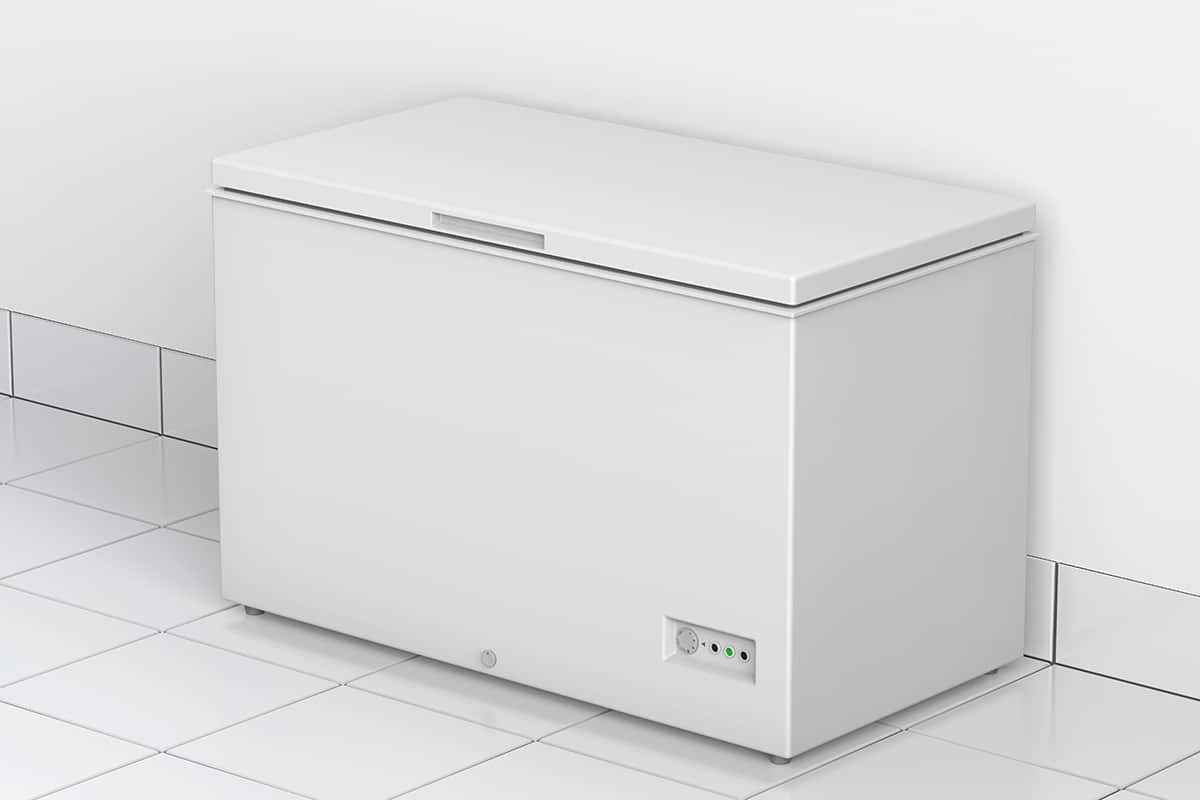
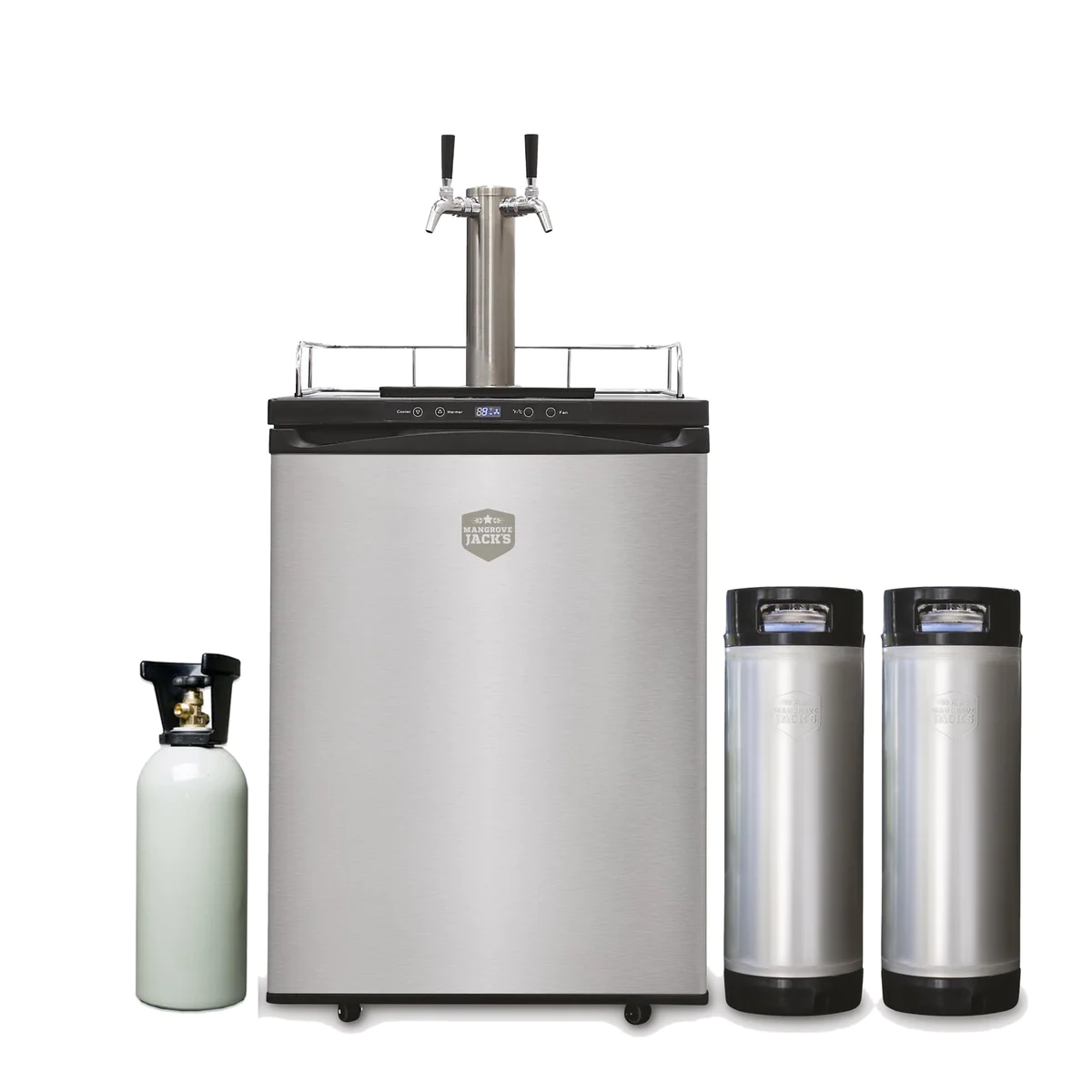

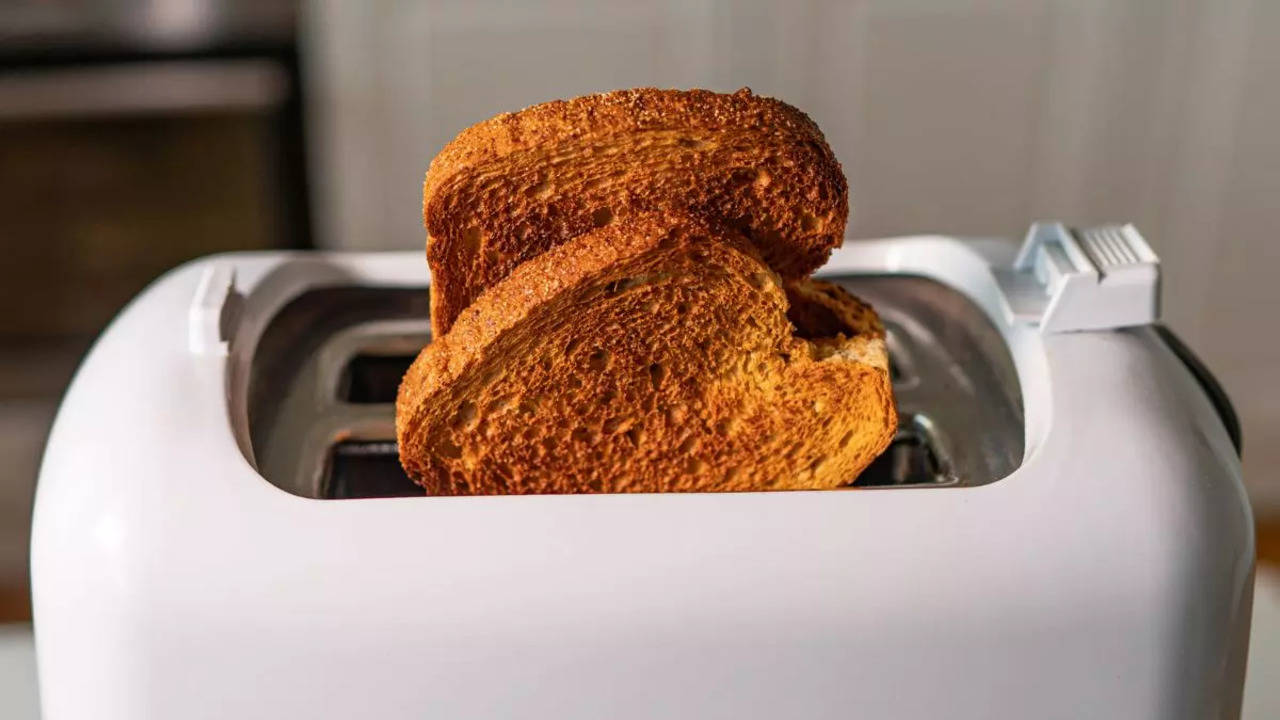
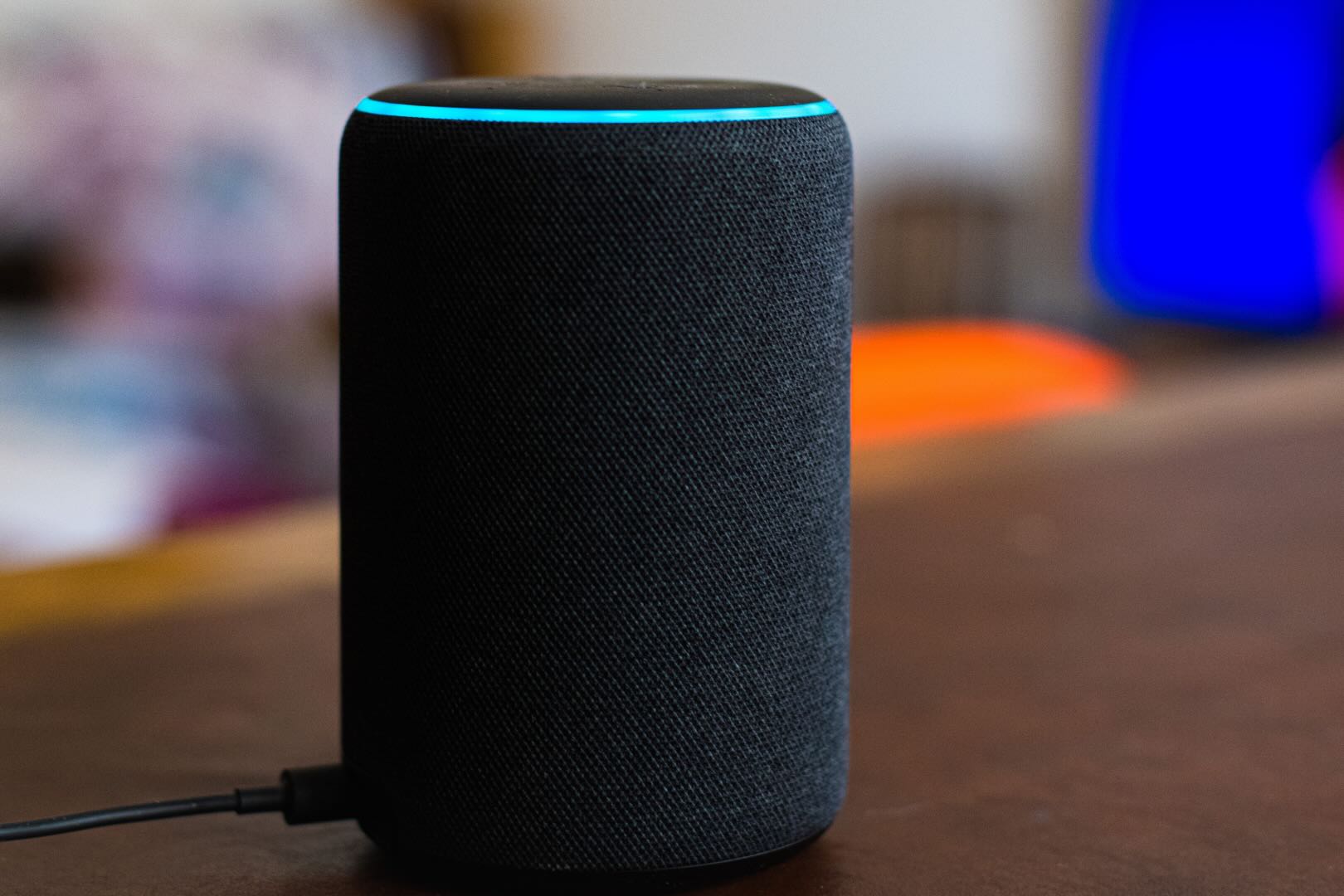
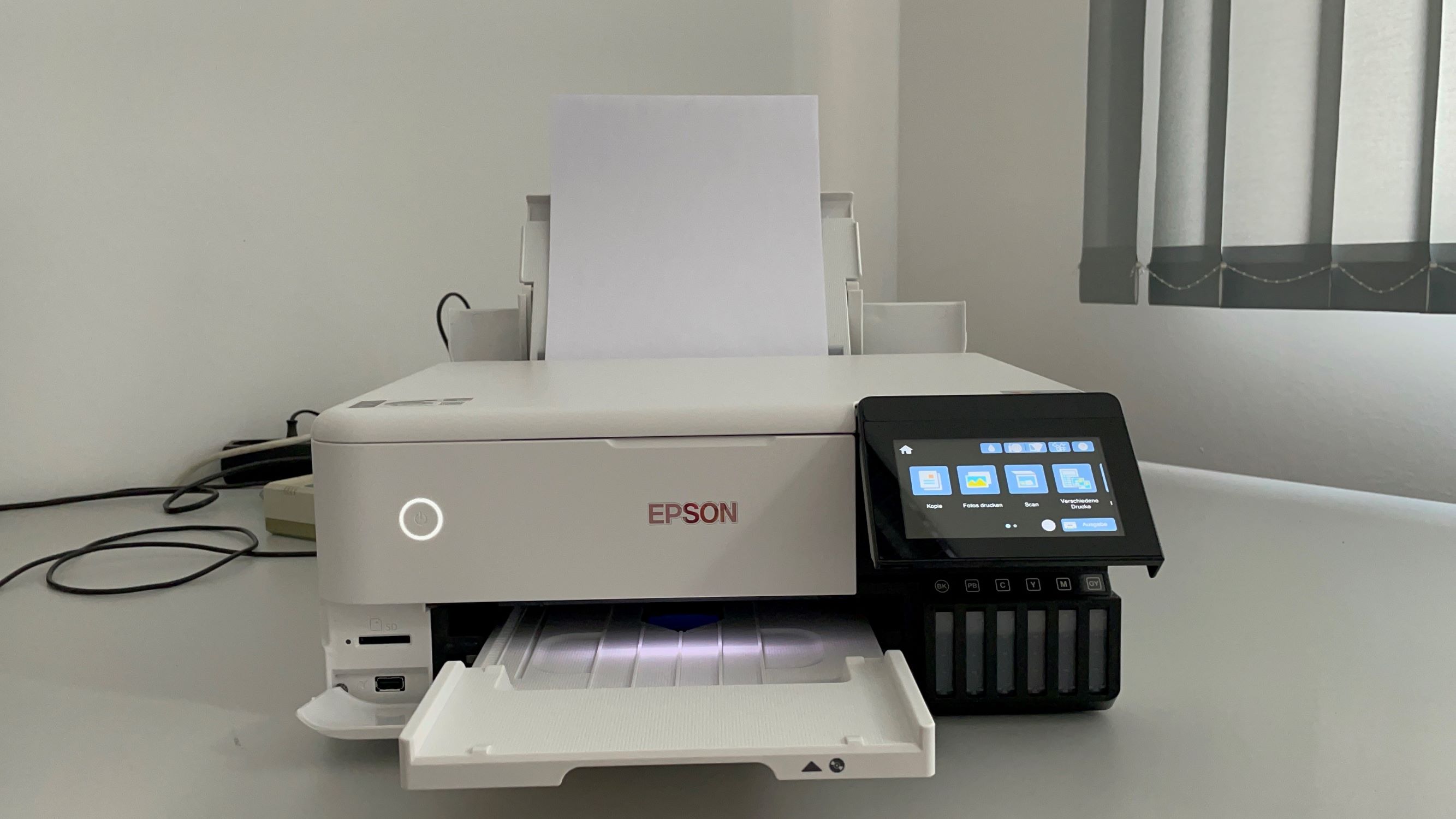

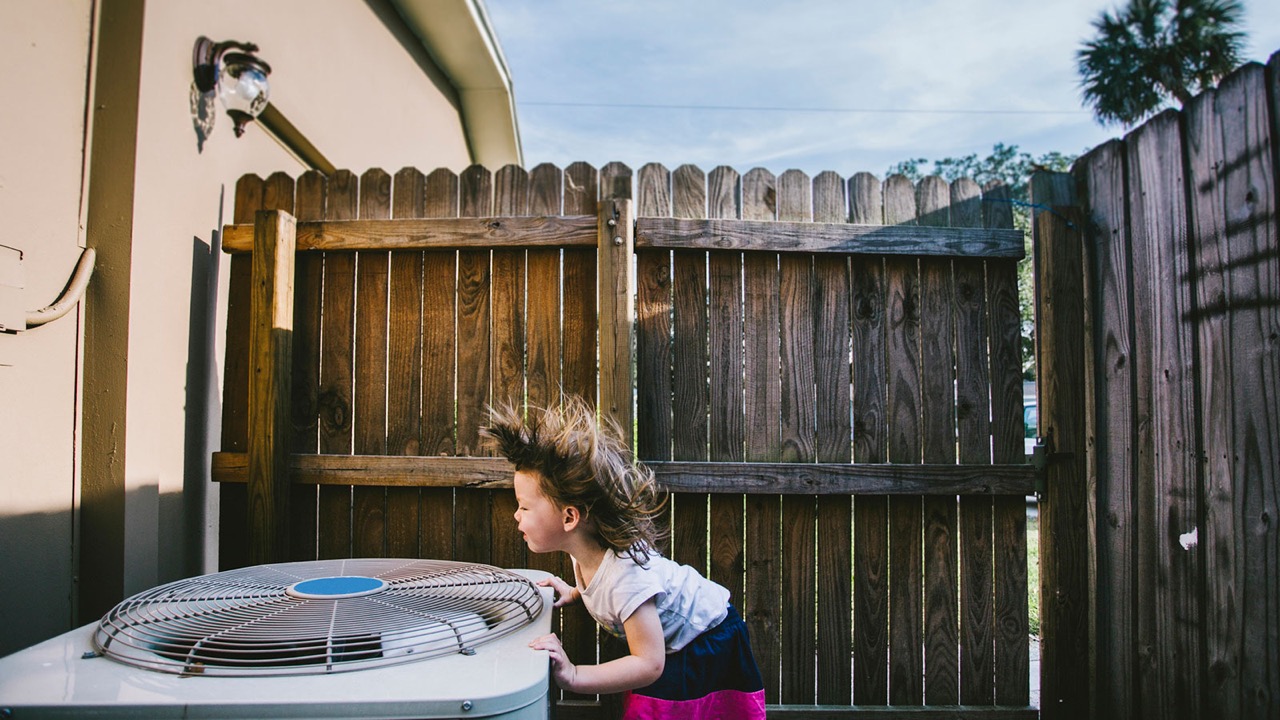
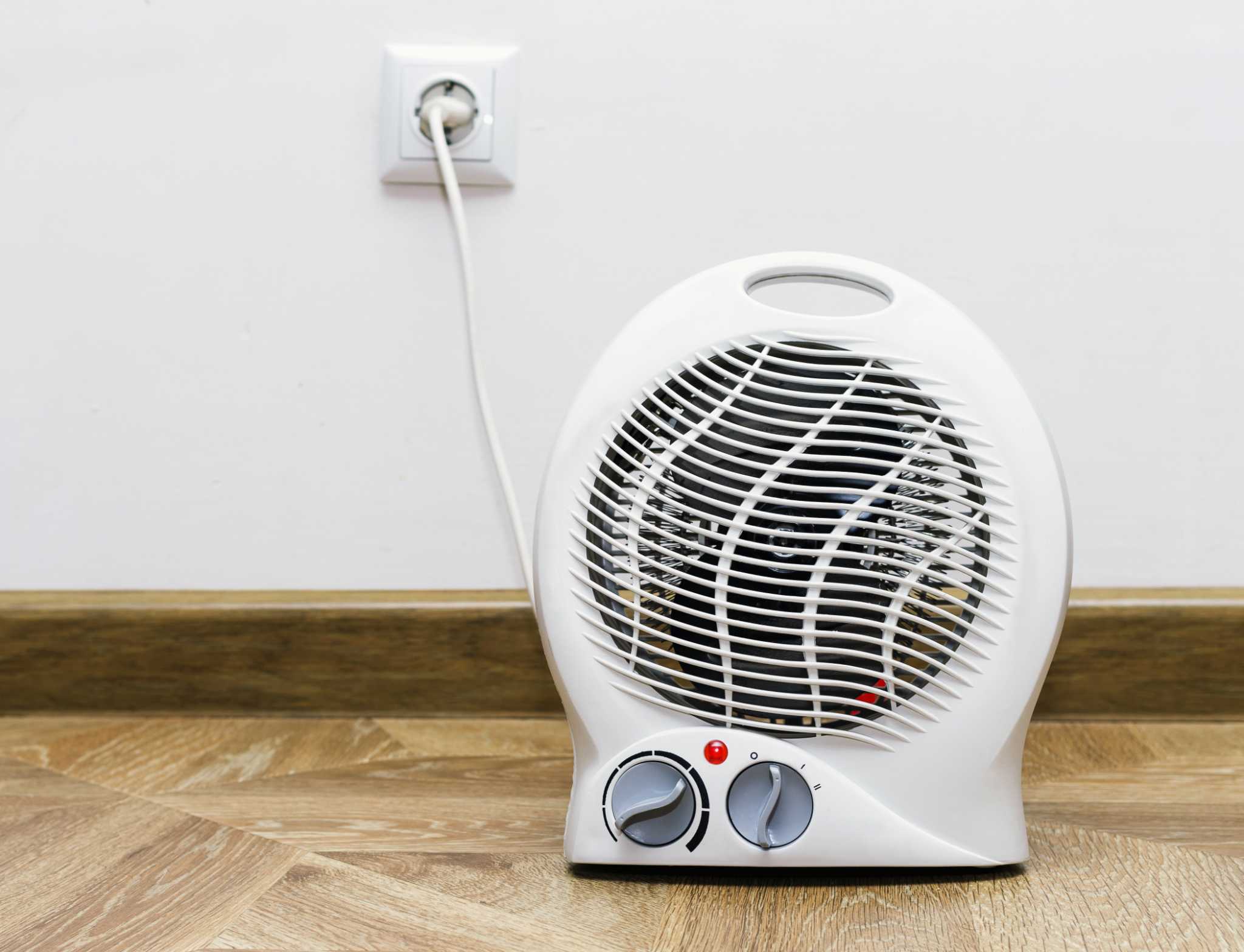
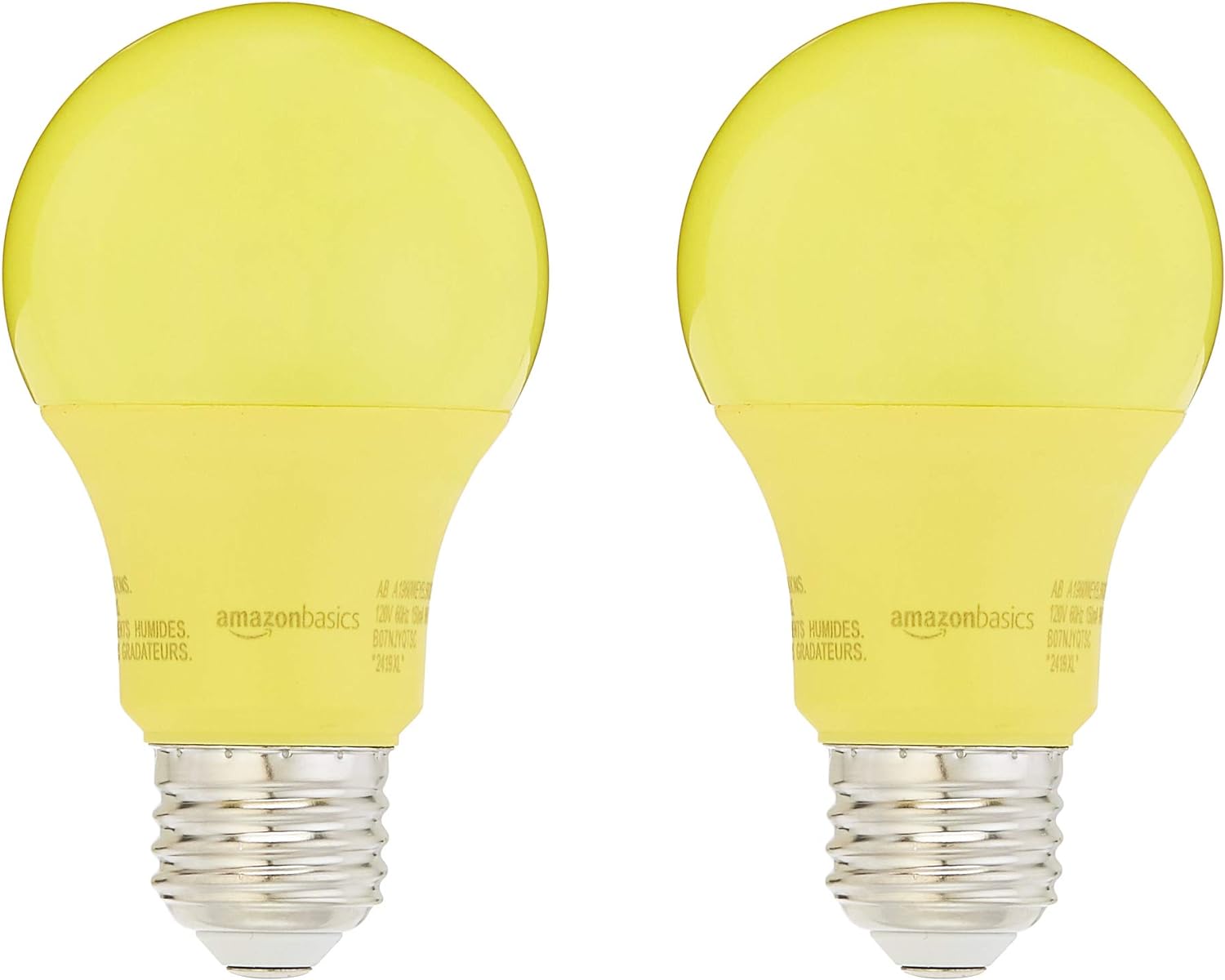
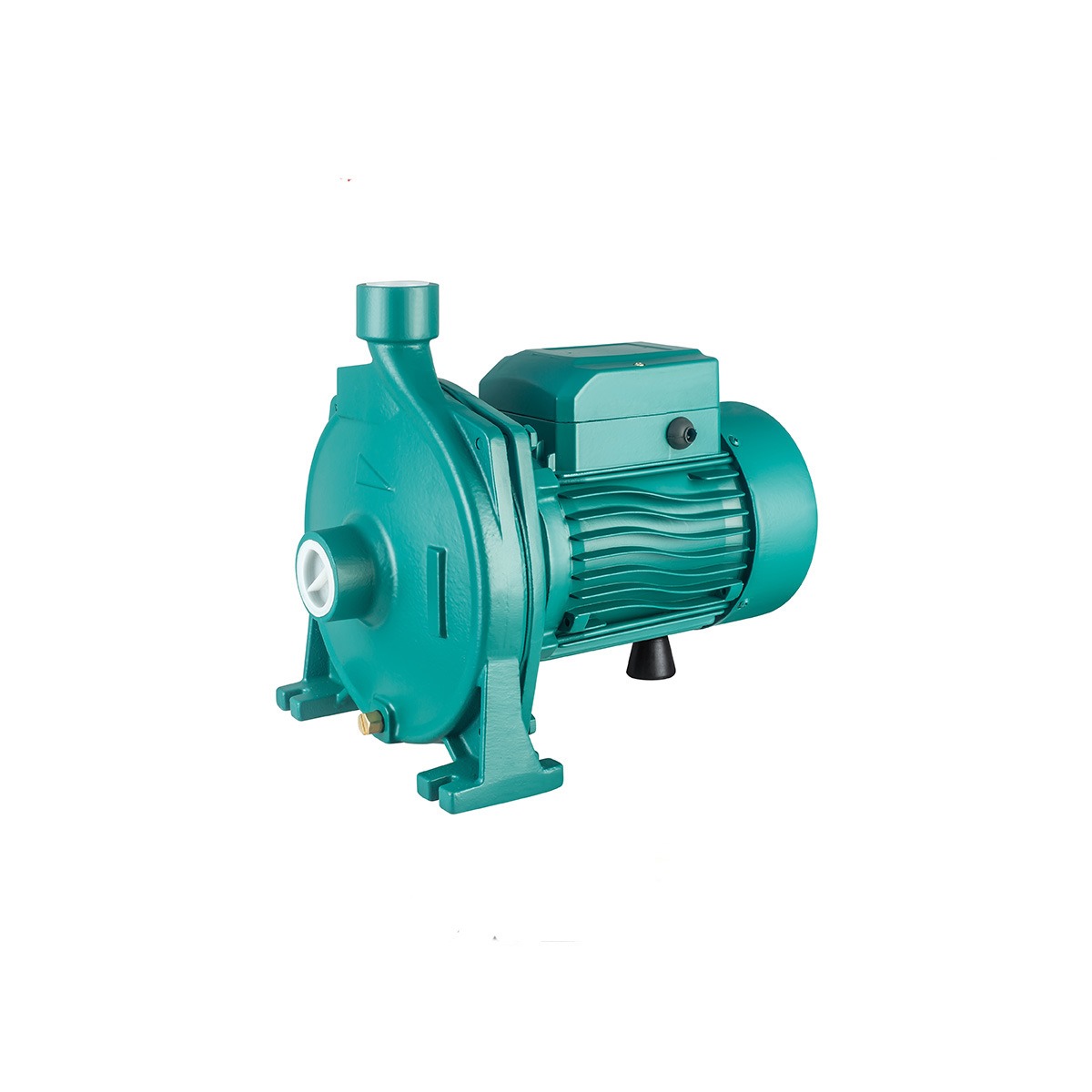
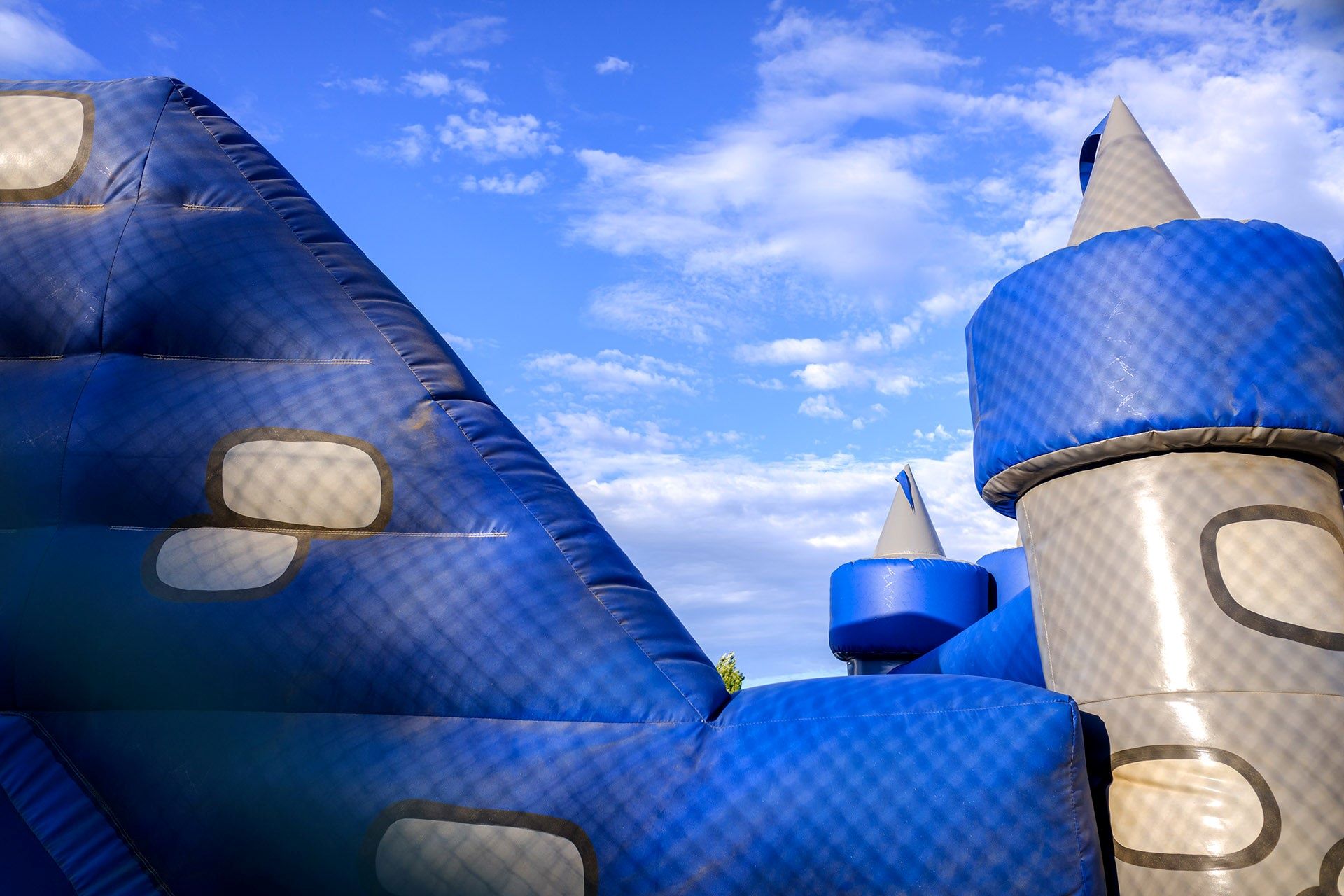
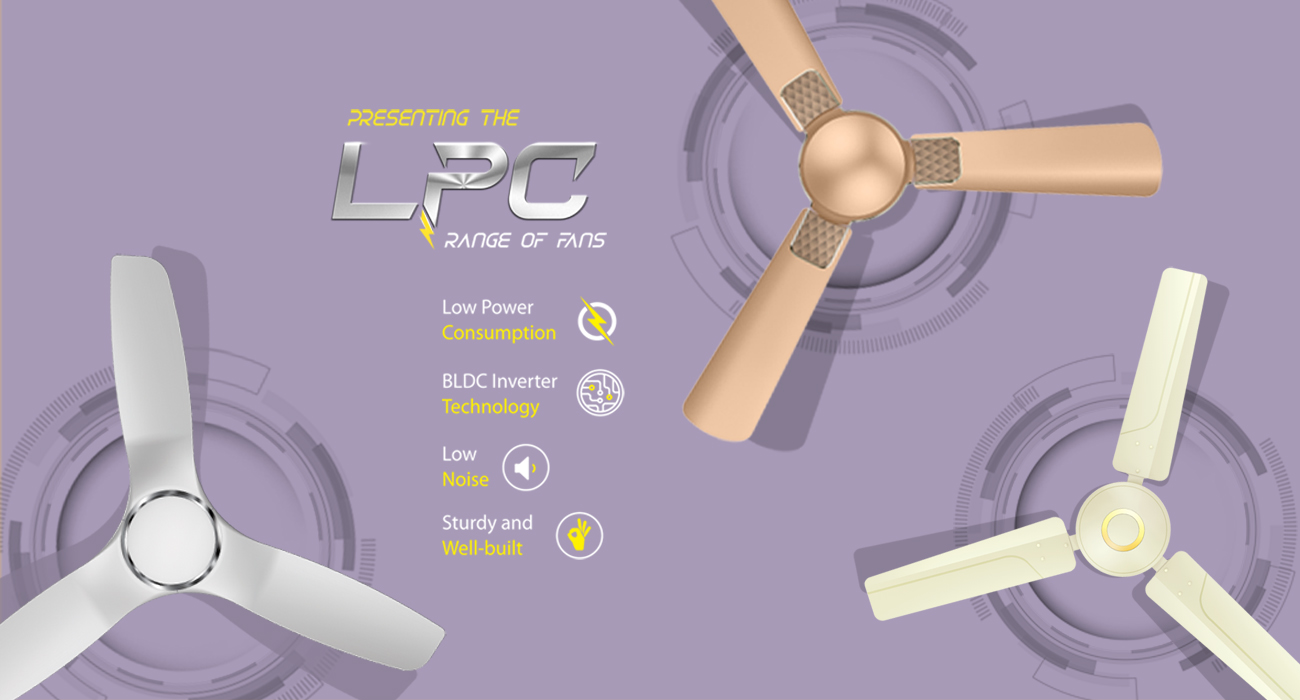
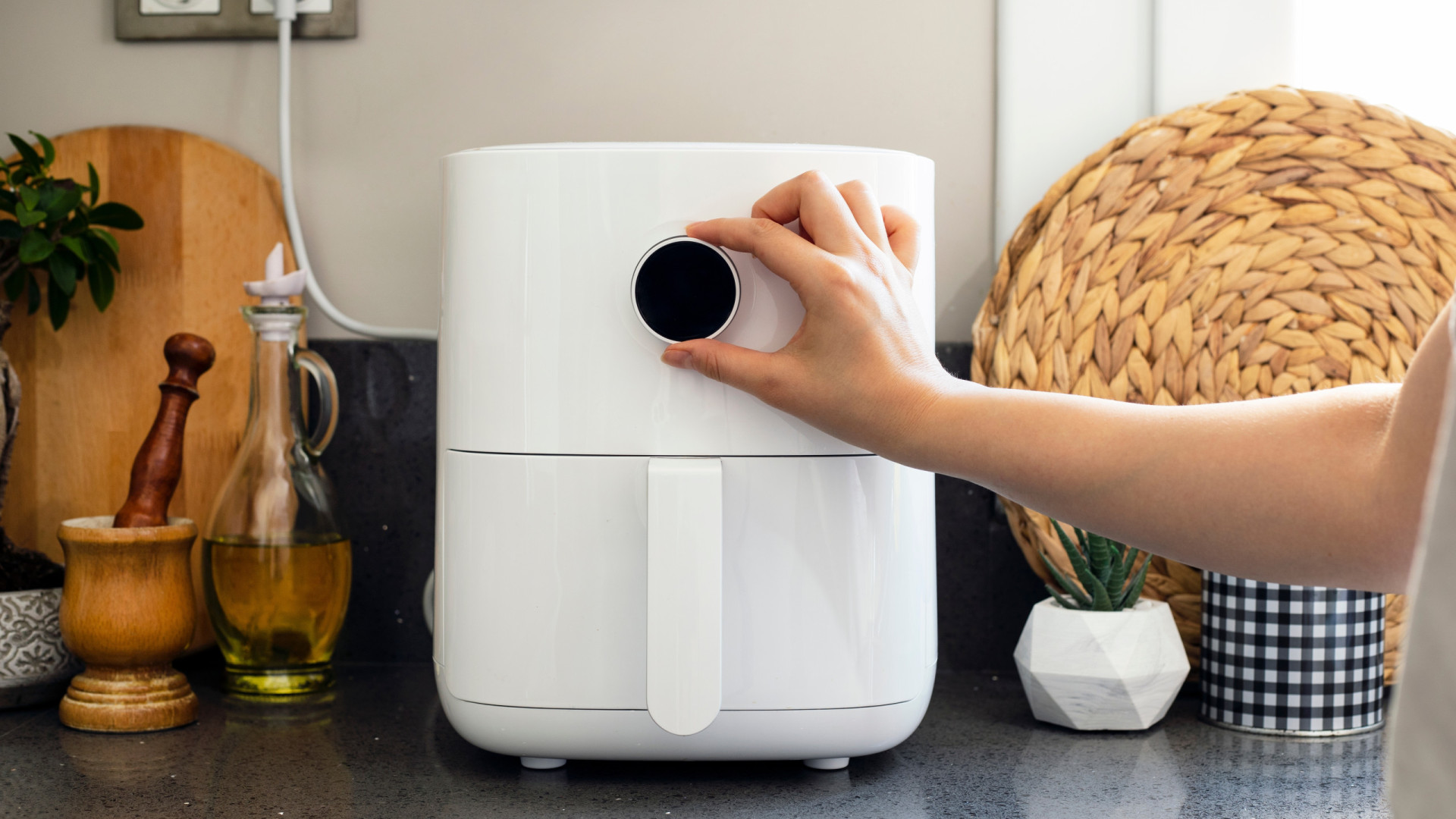

0 thoughts on “How Many Watts Does A Stove Top Use”